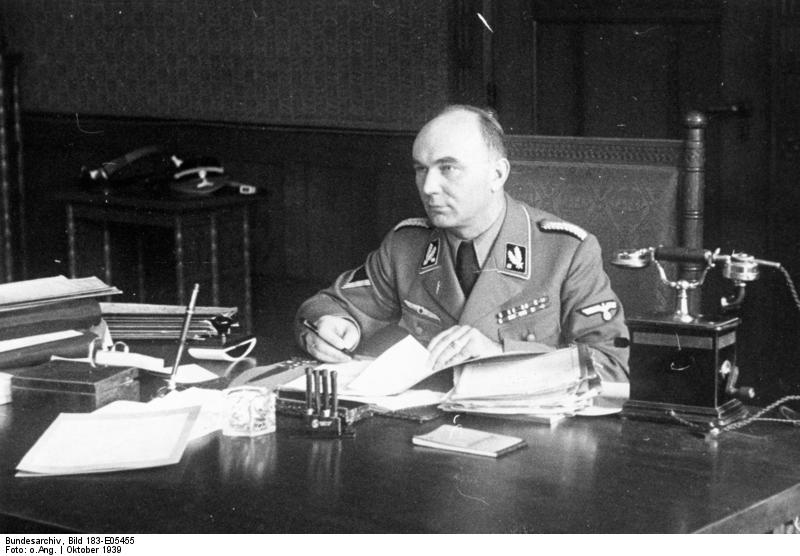During World War II, Nazi Germany not only wanted to permanently move the Polish-German border to the east and germanize the population of the occupied territories, but also intended to create completely new social structures, with new institutions that could form the basis of the totalitarian civilization that Hitler dreamed of. That is why religion was at the center of the attention of the German Nazis.
Different national and religious policies were carried out in the German-occupied Polish territories, in the provinces incorporated into the Third Reich and in the quasi-state of the General Government. The most radical moves on the religious and denominational plane took place in the Reich District of the Wartheland. It was an area made up of the western lands of Poland. Arthur Greiser, who was formally directly subordinated to Hitler, became the governor of the Land of Warta.
The governor had to make the Wartheland a “model district”, therefore he began ethnic cleansing of Poles. From the beginning, the Germans diminished the property of the Catholic Church. As early as 1939, they began the confiscation of church property. This action was very effective because in 1941 there were only two Catholic churches for Poles in Poznań, and three in Łódź.
Administrative plunder was often related to the deportation of Polish Catholic clergy to the General Government or sending them to the concentration camps. As a result of four large waves of arrests carried out in 1939-1941, several hundred priests were sent to Dachau, Sachsenhausen and Buchenwald.
Significantly, Greiser rejected the support offered by German Evangelical and Catholic priests. Although they were grateful to Hitler for liberating them from “Polish 20-year captivity”, they themselves fell victim to the Nazis, because the new idea of the “German East” assumed the elimination of Christianity from public life. Thus, the operation of Evangelical and Catholic parishes in this area was gradually limited. The decree of September 13, 1941, which allowed only four churches, treated as ordinary associations, was crucial. One could become a member through a declaration completed in the registry office, not through baptism.
From the fall of 1941, apart from the three German Evangelical Churches, only the “Roman Catholic Church of German nationality” existed. As the researchers emphasize, this resulted in the outlawing of the Polish Roman Catholic Church in the Wartheland.





